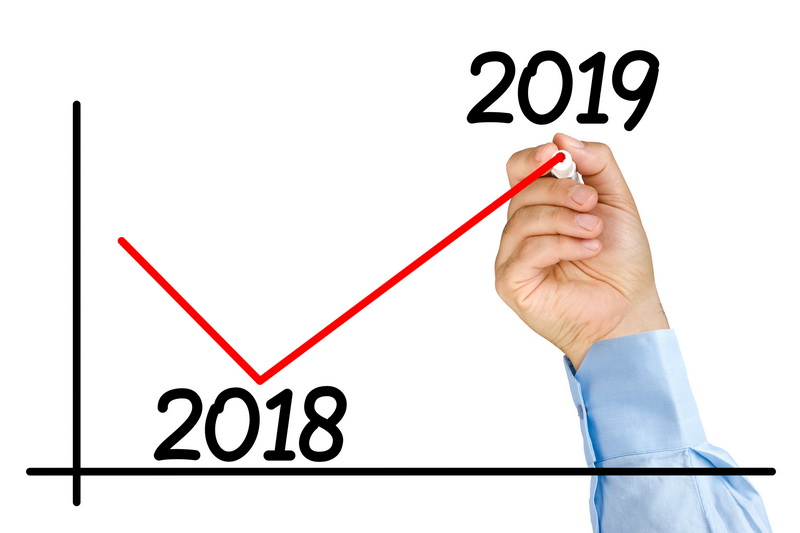The total number of students enrolled in nationally recognised VET programs are up, slightly, to 4.2 million. This represents an increase over 2018 of around 3%.
Government-funded numbers are also up, especially in higher level programs.
The total VET activity picture’s a bit complicated, but interesting!
As NCVER’s publication tells us:
“An estimated 23.4% of the Australian resident population aged 15 to 64 years participated in nationally recognised training in 2019. Participation was highest among those aged 15 to 19 years (at 43.2%) followed by those aged 20 to 24 years (at 32.2%).”
It’s complicated because some students enrol in one or more programs and others in subjects that were not part of a nationally recognised program. Many do a combination of both. Numbers enrolled in programs have been declining over the last several years (although there was an uptick in 2019), while those enrolled in shorter, stand-alone subjects has increased steadily.
Of the 2.1 million students enrolled in nationally recognised programs, most (1.9 million) were in training package qualifications, while others were in accredited qualifications or courses, or in training package skill sets (76 600 students). Of those enrolled in subjects only, the top three were within the Health training package and related to providing cardiopulmonary resuscitation, first aid or basic emergency life support.
Most students are domestic fee paying, with a relatively small number of international students, and around 1.2 million students are Government funded. Most students enrolled in nationally recognised training are at private training providers, around 72%, with about 19% at TAFE institutes, and 11.6% at community education providers. Relatively small numbers are enrolled through enterprise providers, at schools or in universities. But it’s a very different picture for Government funded training, as text below shows. And, as NCVER’s press release reports:
“International fee-for-service student numbers jumped significantly in 2019, up 15 per cent to 224 400, with increases seen for those enrolled in both nationally recognised programs (up 16 per cent to 212 800) and stand-alone subjects (up 13 per cent to 15 000).”
In terms of qualifications, Certificate IIIs are the biggies, followed by Certificate IIs, IVs and Diplomas or above in that order. Interestingly, there has been a relatively sharp decline in these latter qualifications since 2015, probably due to winding up VET FEE HELP.
NCVER has also released a number of fact sheets in relation to total VET activity. They can help you better understand and interpret these data.
Moving on: A focus on Government-funded training
The publication ‘Government-funded students and courses 2019’ was released at the same time as the one on Total VET activity. In contrast to the total activity data only “6.8% of the Australian resident population aged 15 to 64 years participated in government-funded VET in 2019. Participation was highest among those aged 15 to 19 years (at 18.9%).” The great majority, just over 90%, are enrolled in training package or accredited qualifications.
Again, and in contrast to the figures for total VET activity, just over 53% of government-funded students were enrolled at TAFE institutes, and another 5% at other government providers. In all, 31% enrolled in private providers, about 6% at community education providers, and 8.6% at other training providers. Certificate IIIs also have the most numerous enrolments, followed by Certificate IVs, then Certificate IIs and finally Diplomas or higher.
For both total VET activity and Government-funded VET, Certificate Is have relatively low numbers.
In both publications, data on completions and field of study are given. State and territory data are given for the Government funded training. If these interest you, have a look!








